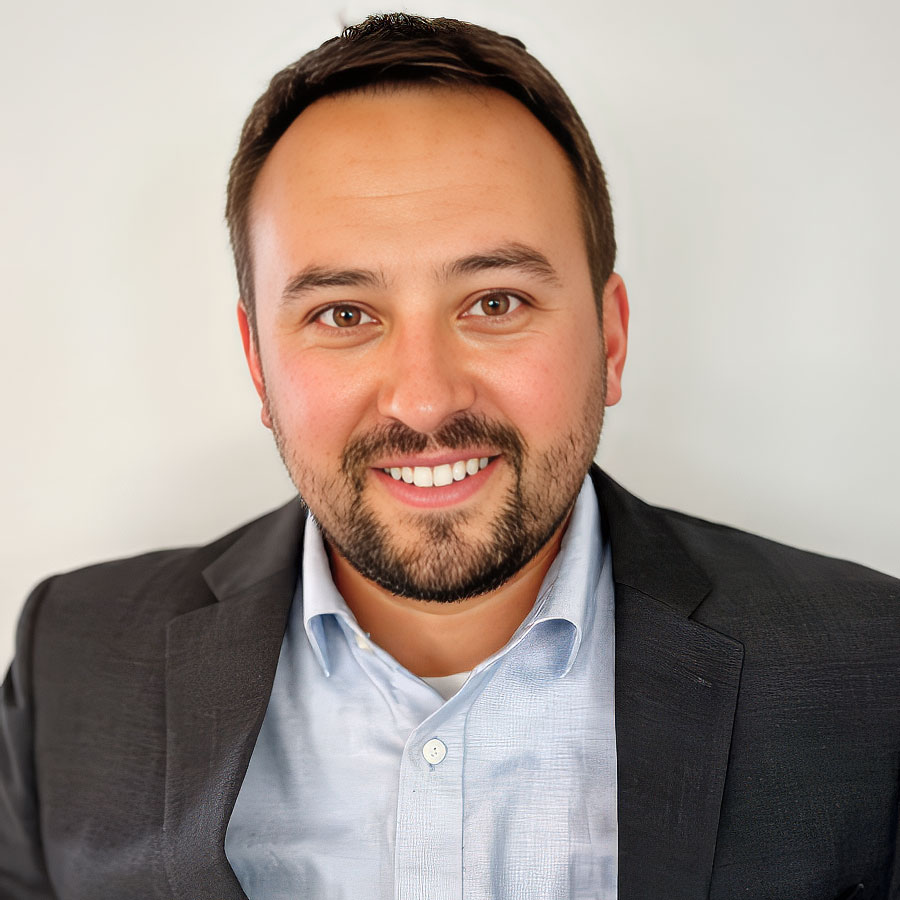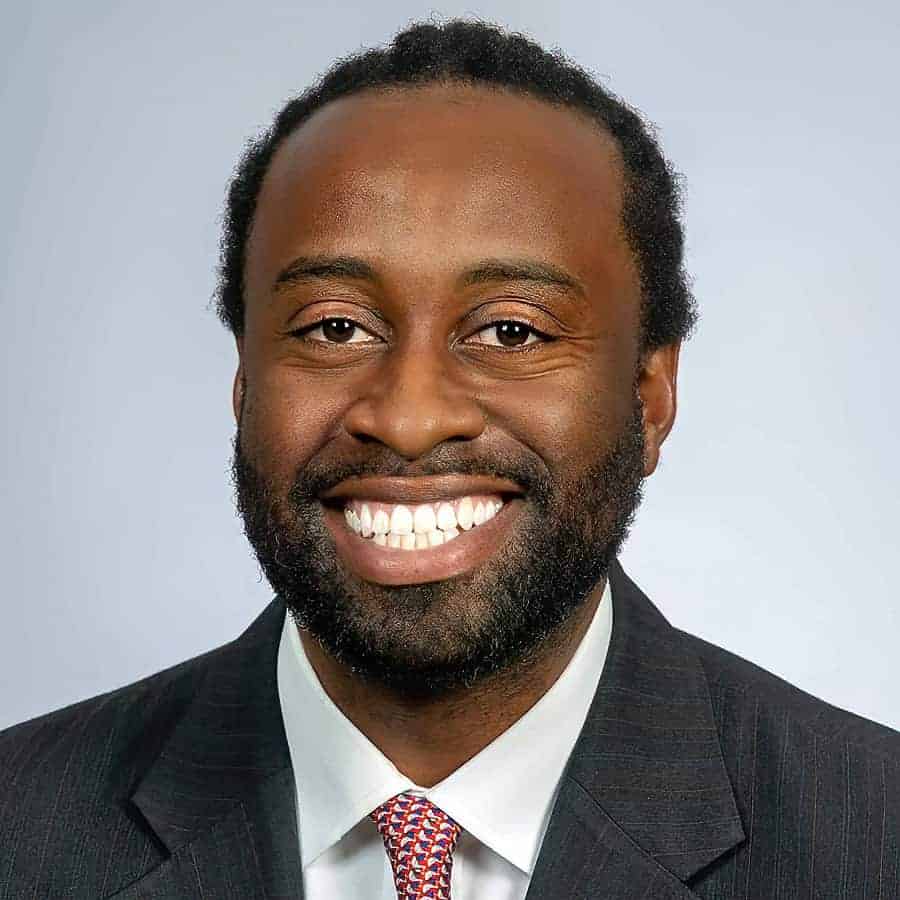In this episode, I talk with Simon Boone, P.G., director of engineering at GeoStabilization International®, about the power of geohazard mitigation to safeguard communities, build a resilient future, and create safer, stronger infrastructure through proactive planning and innovative solutions.
***The video version of this episode can be viewed here.***
Engineering Quotes:
Here Are Some of the Questions We Asked Simon :
- What are your thoughts on the rising frequency and intensity of natural disasters like hurricanes?
- Why is it crucial for companies and municipalities to prioritize proactive geohazard mitigation?
- What key factors should be considered when designing a mitigation strategy for hurricane-prone areas?
- Could you talk about a geohazard mitigation project you’ve worked on and highlight its importance and the benefits of proactive planning?
- What are common challenges faced by geotechnical engineers when implementing mitigation strategies?
- How do mitigation strategies vary among different types of natural disasters?
- What long-term benefits do investments in hurricane-specific mitigation measures bring?
- What final piece of advice would you give to geotechnical engineers and geologists on developing more resilient infrastructure to effectively withstand the impacts of natural disasters?
Here Are Some of the Key Points Discussed About Exciting Innovations in Geohazard Mitigation You Need to Know:
- The increasing frequency and intensity of natural disasters highlight the critical importance of disaster preparedness. Adequate planning is essential to manage these events effectively, ensuring that public agencies and private entities are not overwhelmed and can respond to emergencies in a timely manner.
- Proactive geohazard mitigation is essential for maintaining infrastructure reliability and public safety. By addressing environmental and geological risks upfront, companies and municipalities can prevent potential failures, reduce financial losses, and contribute positively to long-term societal and economic stability.
- Designing an effective mitigation strategy requires a thorough understanding of environmental and geological risks, as well as the adaptability to address site-specific challenges. Resource efficiency, collaboration among stakeholders, and a focus on both immediate and long-term needs are critical components of a successful approach.
- Geohazard mitigation projects, such as site investigations for water treatment plants, showcase the importance of meticulous planning and risk assessment. Thorough geotechnical analysis helps identify potential risks early, ensuring project success and preventing future complications. These efforts emphasize the value of proactive geotechnical engineering in infrastructure development.
- Geotechnical engineers often face challenges such as collecting accurate data in hazardous or unstable conditions. This work demands adaptability, resourcefulness, and sound decision-making, as they frequently have to make critical decisions with limited information while ensuring public safety and infrastructure stability.
- Mitigation strategies must be tailored to address the specific risks of each type of natural disaster. For example, hurricanes require strategies focused on wind and water resistance, while earthquakes demand seismic retrofitting and stability measures. Each strategy involves unique challenges that require specialized approaches.
- Investments in hurricane-specific mitigation measures provide long-term benefits by reducing financial and personal losses and enhancing societal resilience. Proactive planning secures the longevity of infrastructure, ensuring communities can recover more quickly and sustainably from catastrophic events.
- Developing resilient infrastructure requires thorough planning, strategic resource management, and a commitment to addressing vulnerabilities. Engineers and geologists play a vital role as custodians of infrastructure, ensuring that essential services are maintained while preparing systems to withstand future disasters effectively.
More Details in This Episode…
About Simon Boone, P.G.

With a bachelor of science in geology from James Madison University and a professional geologist certification, Simon’s expertise extends to flexible debris flow barriers and advanced geotechnical technologies. His career spans leadership roles at Access Limited Construction and project geology positions at Yeh and Associates, Inc., and KANE GeoTech, Inc.
Simon is an active member of the Highway Geology Symposium and the American Society of Civil Engineers. He has contributed to notable publications, including research on debris flow barriers and shoreline changes, and holds certifications such as PCIA Level I Slope Access Technician.
About the Host: Jared M. Green, PE, BC.GE, F.ASCE

Jared is a consultant and team leader who also enjoys mentoring young engineers and first-generation college students. He has been instrumental in increasing the number of pre-college students who are interested in STEAM majors and fields. He strives to make complex engineering topics relatable and understandable to people new to the field and to people who are completely unfamiliar with engineering. Jared and his family currently reside in Flemington, New Jersey. He and his wife have three energetic, inquisitive, and awesome children. You can connect with Jared here.
Sources/References:
GSI
Denver metro area
James Madison University
Connect with Simon Boone, P.G., on LinkedIn
Please leave your comments or questions in the section below on innovations in geohazard mitigation you need to know.














